The meeting not only showed respect for intellectuals but also showed how the city's leaders approached knowledge resources in a practical way, because through the meeting, many important issues not only in the field of education and training but also in economics , finance, and urban areas were raised and suggested solutions and development directions.
The School (Institute) - State - Enterprise model has initially formed substantial links, promising to bring long-term effectiveness. Universities in the area have proactively proposed many strategic programs: from developing the marine economy, training human resources for high technology, to building national and international innovation centers, as well as mobilizing fundamental investment resources to build a number of universities approaching global scale and quality.
In particular, after the merger, the city leaders prioritized the use and exploitation of surplus public assets for education and health care; at the same time, they took advantage of this opportunity to restructure and upgrade the quality of services for the two essential sectors.
The University of Economics and Law (Ho Chi Minh City National University) is one of the representatives responsible for consulting on specific policies. In addition, thanks to receiving a loan of 62 billion VND from the Ho Chi Minh City State Financial Investment Company (HFIC) and more than 20 billion VND in loan interest subsidized by the city budget, the school has expanded by more than 15,000 square meters of floor space, bringing the total area to nearly 40,000 square meters as a strategic investment of the city for the future of tens of thousands of students - a unique policy that no other locality has been able to do.
Thus, public budget and assets have been requisitioned for schools and the usefulness lies in the fact that as partners, schools must also demonstrate the allocation, use and effectiveness of these resources. As the Principal of the University of Economics and Law summarized: "Only when the government and scientists work together from the beginning, research is feasible and has practical value".
Not only do they accompany the government with their brainpower, but the schools also utilize that brainpower to mobilize more practical social resources, such as the way VinUni University cooperated with the city's advisory agencies to develop a comprehensive Green Transformation Project (expected to be submitted to the Ho Chi Minh City People's Committee by the end of this year). In particular, to concretize green recommendations, VinUni representatives proposed to establish a "Ho Chi Minh City Green Transformation Steering Committee and Fund" - an institutional lever to help coordinate the city's 10 green transformation pillars to mobilize capital from the public budget (accounting for about 15% - 20% of total green investment), the private sector, ODA and green bonds account for the remaining 80% - 85%.
A fairly successful experiment over the past 2 years is the multidisciplinary research institute model of the University of Sydney Vietnam (SVI) which has proven its effectiveness in research, producing treatment regimens for tuberculosis, chronic lung disease and expanding into "trendy" fields such as plastic recycling, sustainable construction materials, virtual reality & AI (artificial intelligence) for flood prevention planning, robots and sensors for agriculture... Humanities and social fields to contribute to solving "urban diseases" such as geriatrics, elderly care, autistic children... are also focused on investment by schools and educational corporations, reflecting the shift in training thinking towards the market and serving the community.
A meeting in which both the “host” and “guest” demonstrate a spirit of community responsibility, sharing the same aspiration to contribute and accompany the city's development, is a vivid manifestation of a constructive government and a serving education.
When this partnership turns into commitments, actions and concrete results, it will contribute to improving the effectiveness of public administration, while affirming the role, position and responsibility of intellectuals and academics for the sustainable development of Ho Chi Minh City, the center of knowledge, creativity and innovation of the whole country.
Source: https://www.sggp.org.vn/khi-cac-truong-dai-hoc-la-doi-tac-cua-chinh-quyen-post822989.html



![[Photo] Highways passing through Dong Nai](https://vphoto.vietnam.vn/thumb/1200x675/vietnam/resource/IMAGE/2025/11/12/1762940149627_ndo_br_1-resize-5756-jpg.webp)










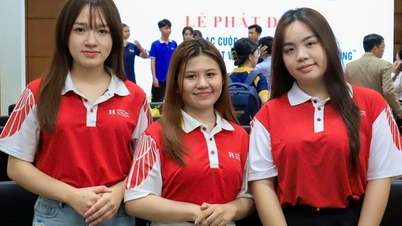








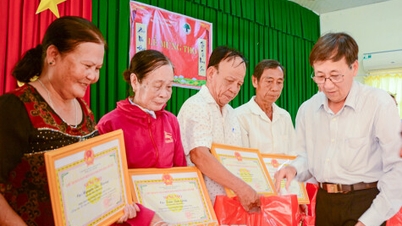



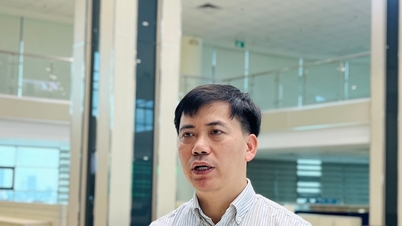

















































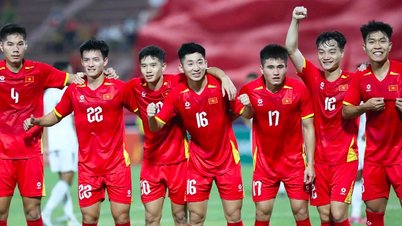

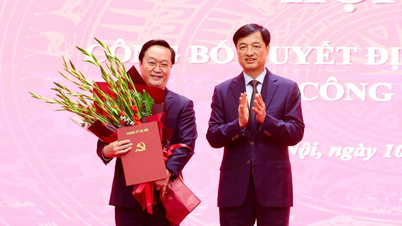




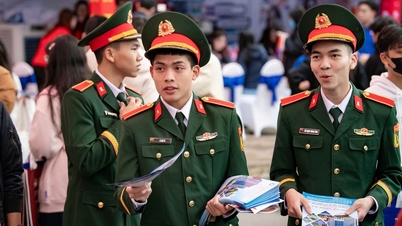
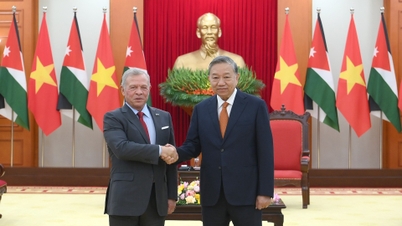
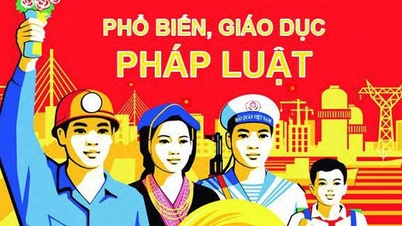

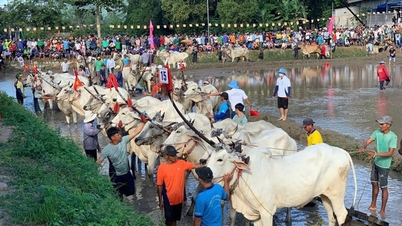


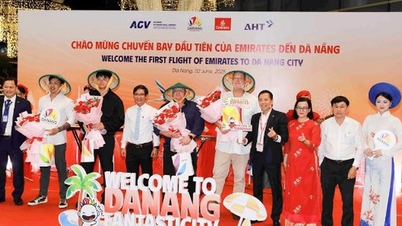






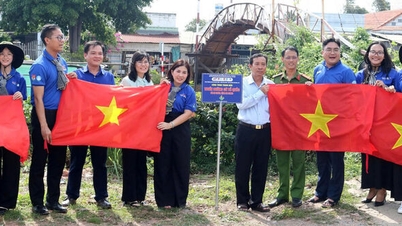





![Dong Nai OCOP transition: [Article 3] Linking tourism with OCOP product consumption](https://vphoto.vietnam.vn/thumb/402x226/vietnam/resource/IMAGE/2025/11/10/1762739199309_1324-2740-7_n-162543_981.jpeg)






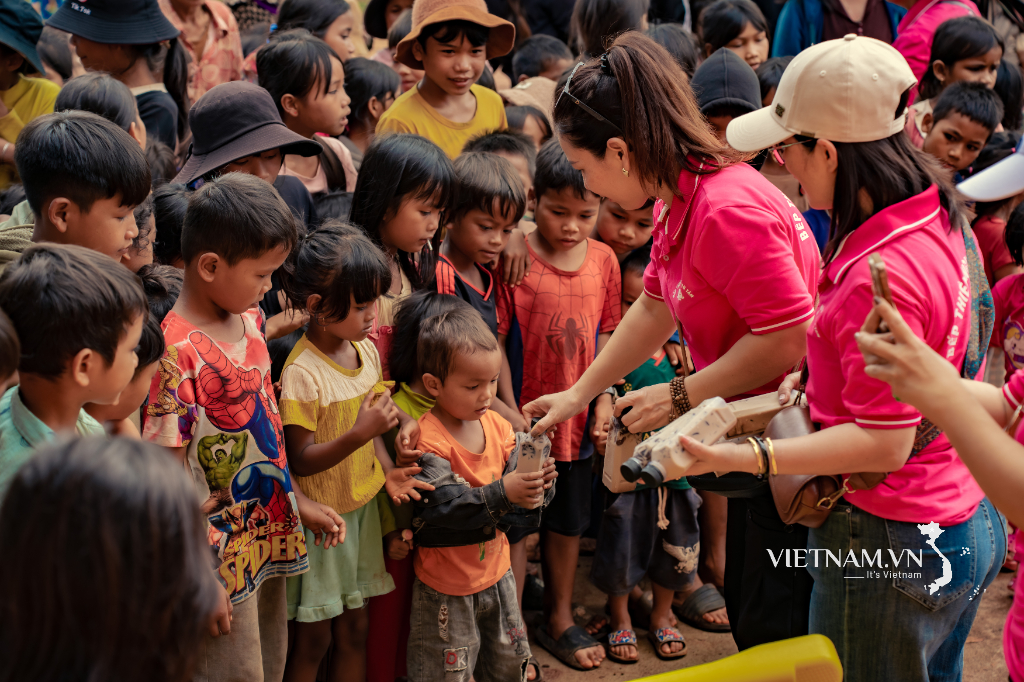

Comment (0)